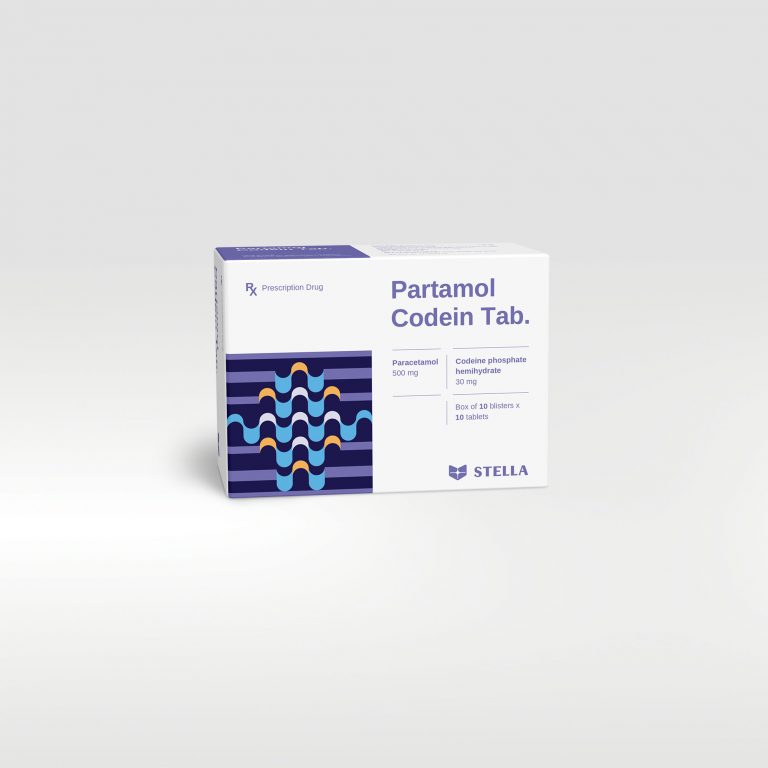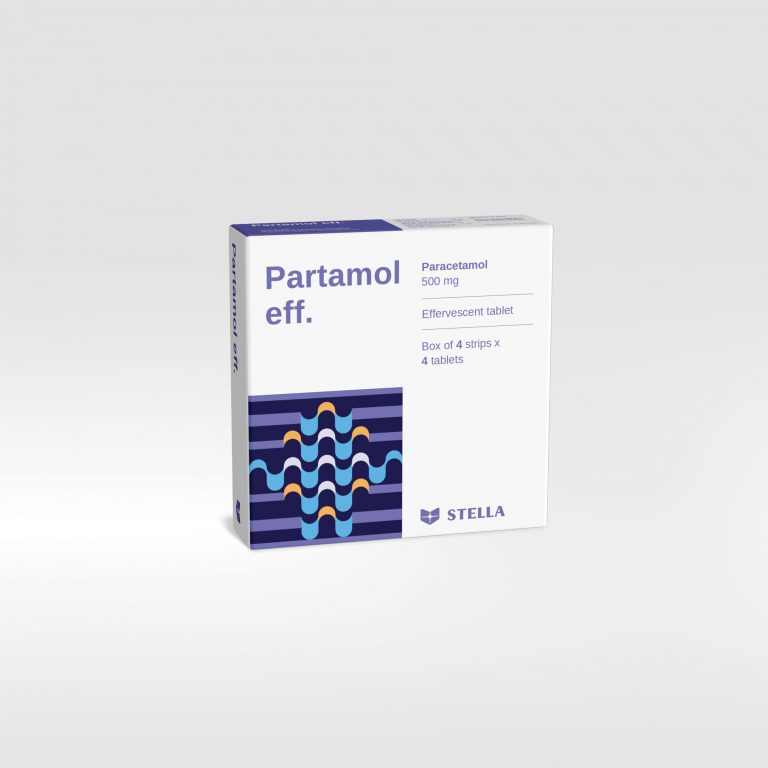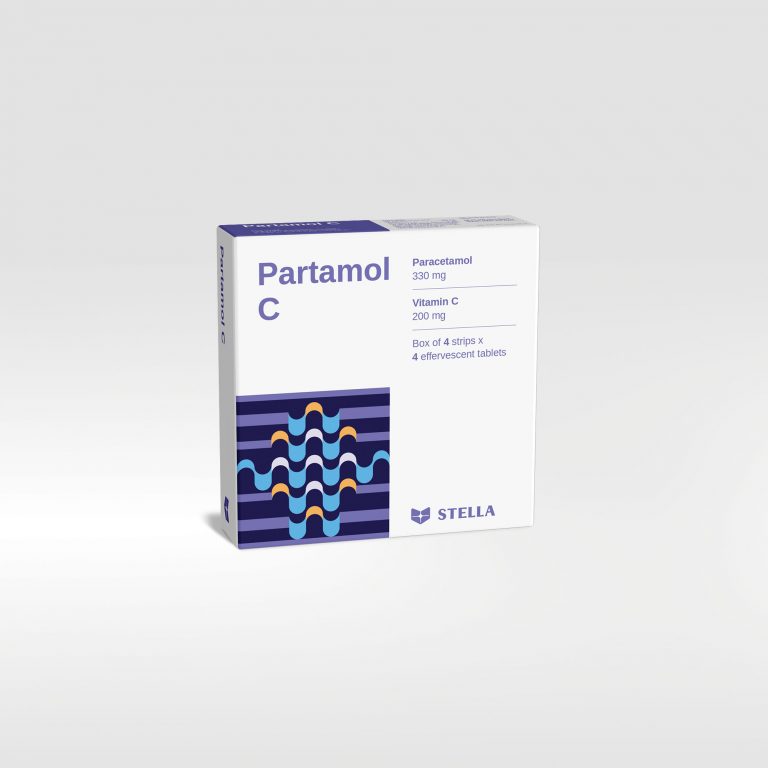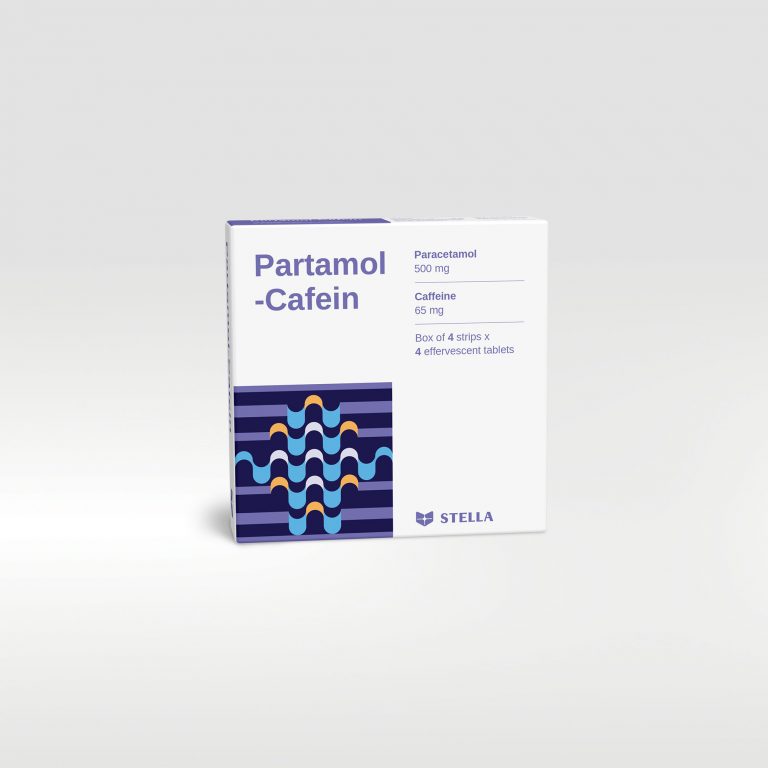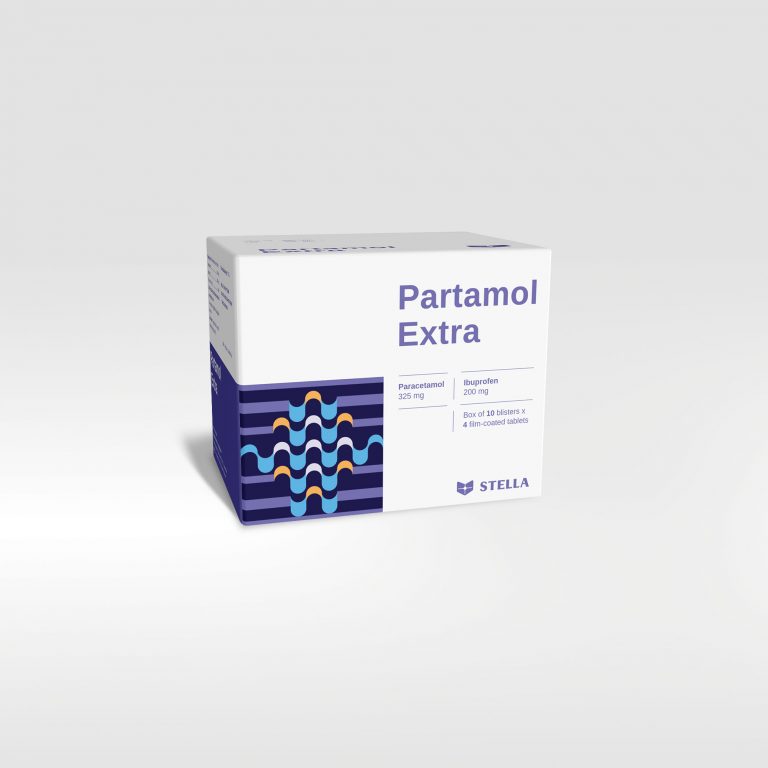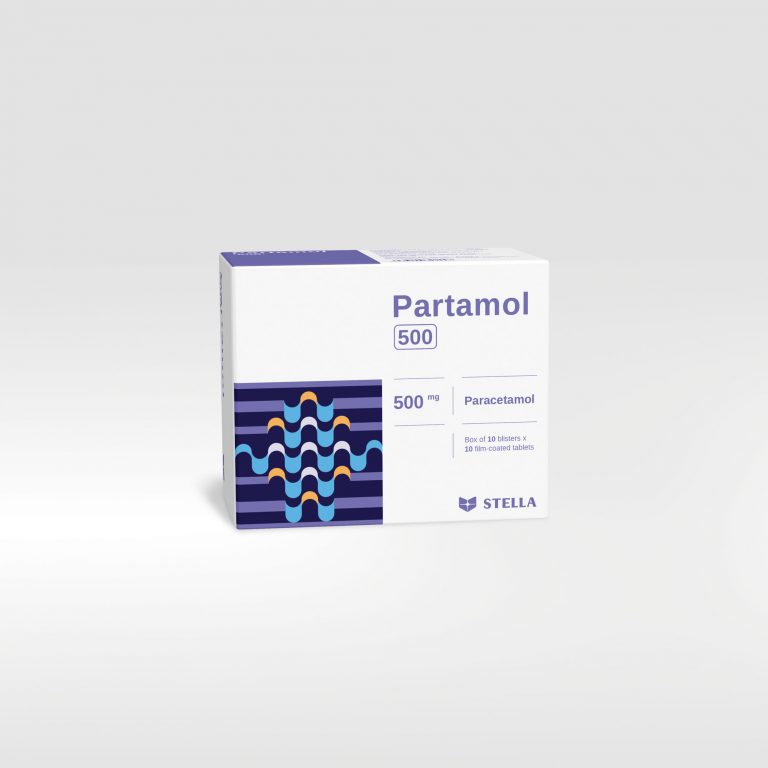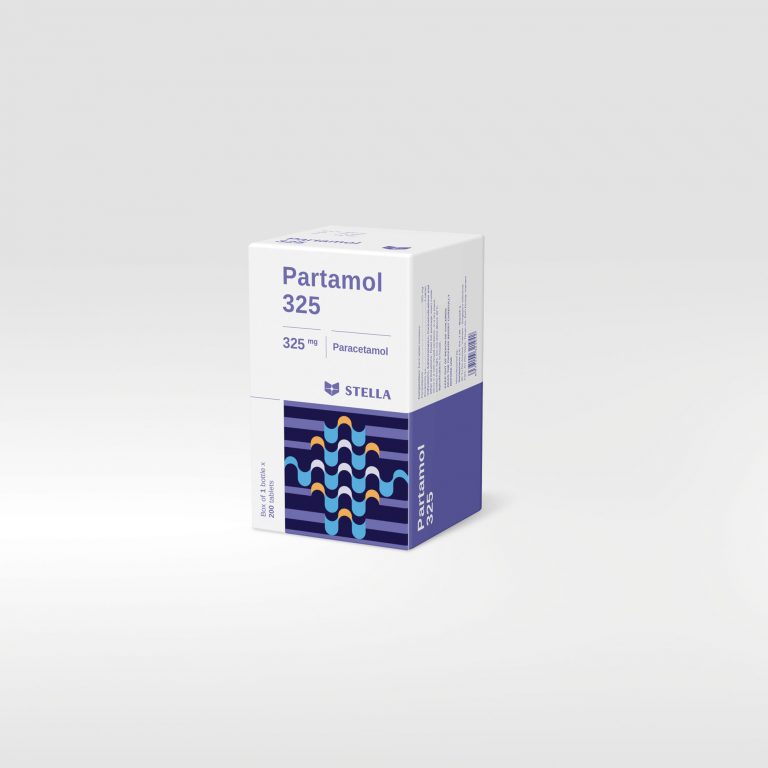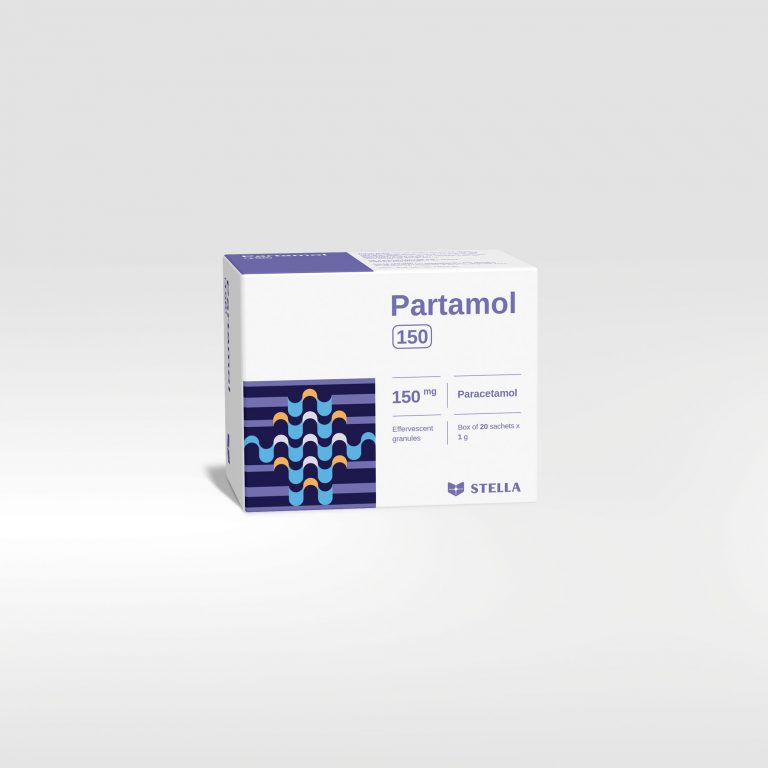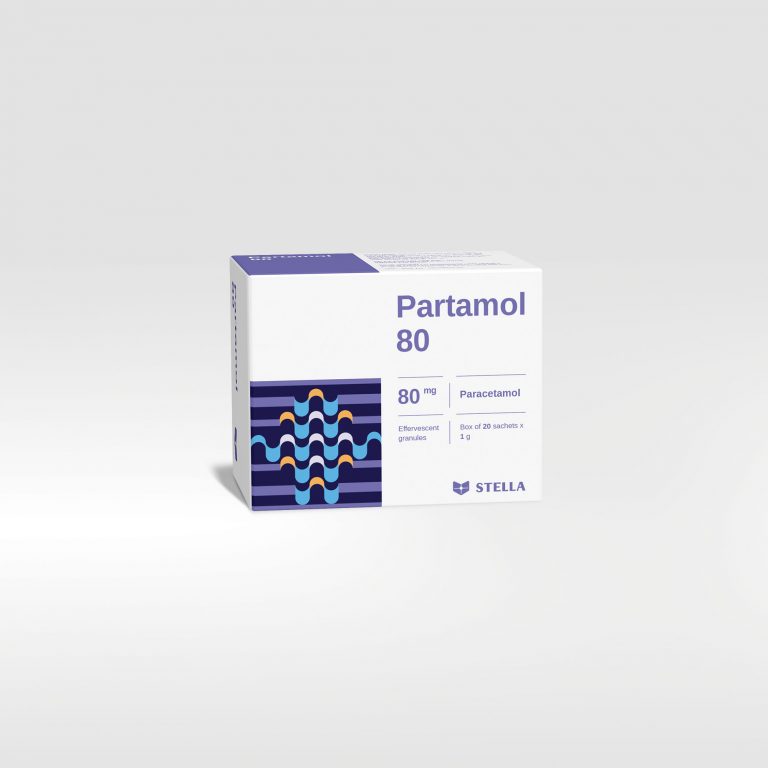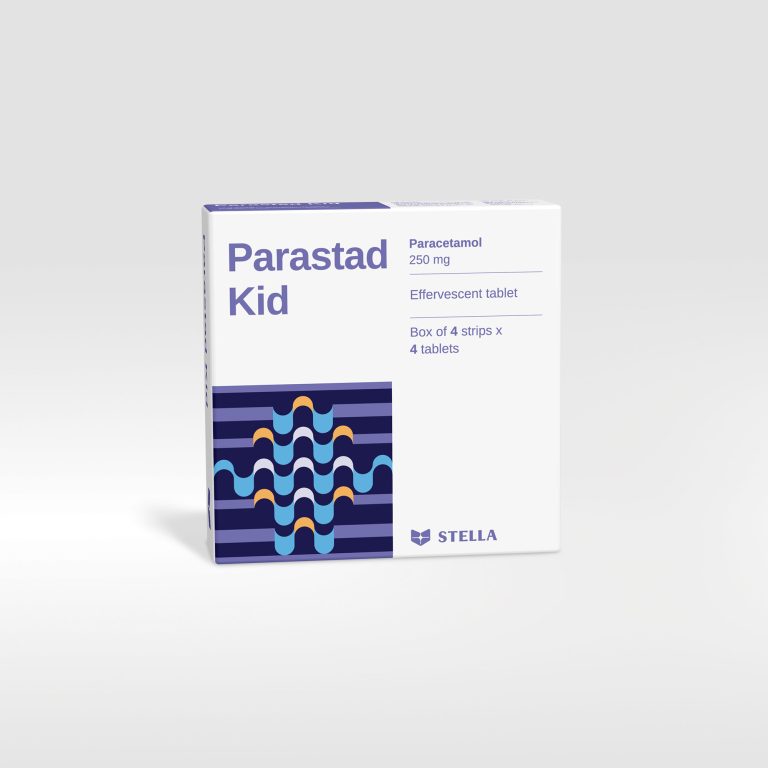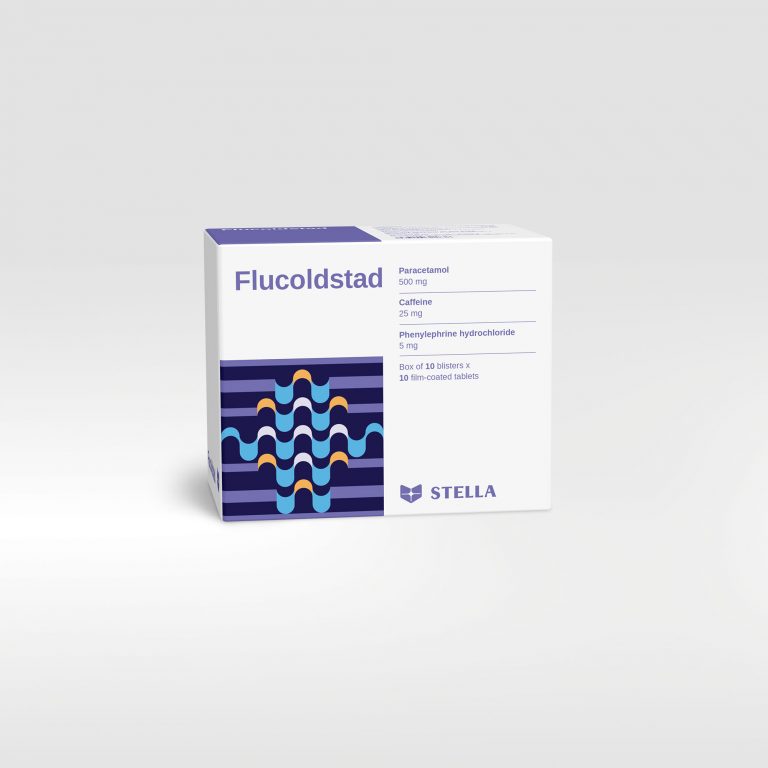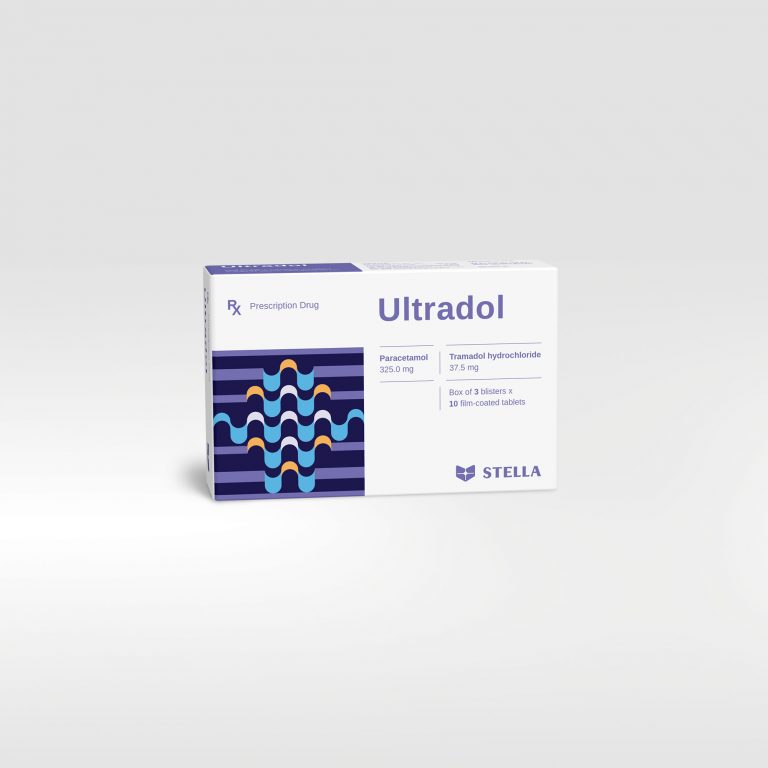Using this drug may obscure the diagnosis or clinical course of patients with acute abdominal conditions.
The respiratory depressant effects and their capacity to elevate cerebrospinal fluid pressure may be markedly exaggerated in the presence of head injury, other intracranial lesions or a pre-existing increase in intracranial pressure.
This drug should be given with caution to certain patients such as the elderly or debilitated, and those with severe impairment of hepatic or renal function, hypothyroidism, Addison’s disease, and prostatic hypertrophy or urethral stricture.
Codeine can produce drug dependence of the morphine type and, therefore, has the potential for being abused.
Because of a risk of respiratory depression, codeine is only indicated in patients older than 12 years of age for the treatment of acute moderate pain that cannot be relieved by other analgesics such as paracetamol or ibuprofen (alone). Codeine is not recommended for use in children with breathing problems and children below 12 years of age.
Caution is recommended when giving codeine to breastfeeding mothers. Infrequent paracetamol should remain the analgesic of choice in pregnancy. Paracetamol and codeine phosphate tablets should be used during pregnancy only if the potential benefit justifies the potential risk to the fetus.
Patients should refrain from driving, engaging in potentially hazardous activities or operating machinery.
The physicians need to warn the patients of the signs of serious skin reactions known as Stevens-Johnson Syndrome (SJS), toxic epidermal necrolysis (TEN) or Lyell’s syndrome, acute generalized exanthematous pustulosis (AGEP).

